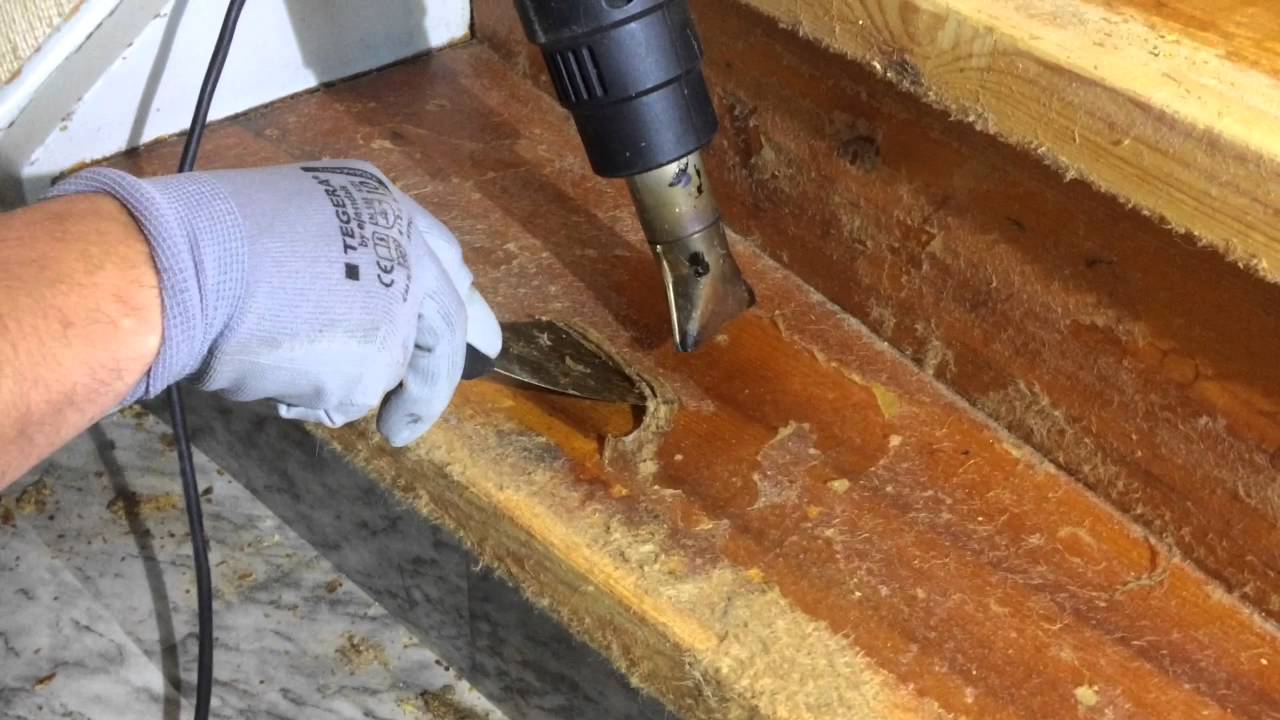

Articles
How To Remove Carpet Glue From Wood Stairs
Modified: May 6, 2024
Learn effective methods to remove carpet glue from wood stairs in this informative articles. Say goodbye to stubborn residue and restore the beauty of your wooden stairs today!
(Many of the links in this article redirect to a specific reviewed product. Your purchase of these products through affiliate links helps to generate commission for Storables.com, at no extra cost. Learn more)
Introduction
Removing carpet glue from wood stairs can be a daunting task, but with the right methods and precautions, it is possible to restore your stairs to their original beauty. Over time, carpet glue can become sticky, discolored, and unattractive, making it necessary to remove it and reveal the natural grain of the wood. In this article, we will explore three effective methods for removing carpet glue from wood stairs: using heat, solvents, and mechanical methods.
Key Takeaways:
- Prioritize safety by wearing protective gear and properly ventilating the area when removing carpet glue from wood stairs. Prepare the stairs, follow the outlined methods, and be patient for successful glue removal.
- Whether using heat, solvents, or mechanical methods, each technique can effectively remove carpet glue. Clean the stairs after glue removal to prepare for further finishing or refinishing.
Read more: How To Remove Carpet From Stairs
Safety Precautions
Before embarking on any DIY project, it is essential to prioritize safety. When removing carpet glue from wood stairs, follow these precautions to protect yourself and your surroundings:
1. Wear protective gear: Put on gloves, safety goggles, and a mask to shield yourself from chemicals, dust, and debris.
2. Ventilation: Ensure there is proper ventilation in the area where you’re working. Open windows and use fans to circulate fresh air.
3. Read product labels: If you choose to use solvents, carefully read the labels for instructions, warnings, and proper handling.
4. Test in a small area: Before applying any method or product to the entire staircase, test it in a small, inconspicuous area to ensure it doesn’t damage the wood.
Materials Needed
To remove carpet glue from wood stairs, gather the following materials:
1. Heat method:
– Heat gun or hairdryer
– Plastic scraper
– Clean cloth
– Mild detergent
– Water
2. Solvent method:
– Adhesive remover or carpet glue remover
– Scrub brush or sponge
– Clean cloth
– Mild detergent
– Water
3. Mechanical method:
– Oscillating tool or scraper
– Sandpaper or sanding block
– Vacuum cleaner
– Clean cloth
Method 1: Using Heat
Heat can soften the carpet glue, making it easier to remove. Follow these steps to use heat to remove carpet glue from wood stairs:
1. Prepare the area: Clear the staircase of any obstacles and ensure good ventilation.
2. Apply heat to the glue: Hold a heat gun or hairdryer a few inches above the glue and move it back and forth to apply heat evenly. Be careful not to overheat the wood, as it can cause damage.
3. Scrape off the softened glue: Once the glue begins to soften, gently scrape it off with a plastic scraper. Work in small sections, applying additional heat as needed.
4. Clean the stairs: Use a clean cloth and mild detergent solution to wipe down the stairs and remove any remaining glue residue. Rinse with water and allow the stairs to dry completely before proceeding.
By using heat, you can effectively remove carpet glue from wood stairs. However, if this method doesn’t yield satisfactory results, you can consider using solvents or mechanical methods, which will be discussed in the following sections.
Method 1: Using Heat
Read more: How To Remove Gorilla Glue From A Carpet
Step 1: Prepare the area
Before using heat to remove carpet glue from wood stairs, it is essential to properly prepare the area. Taking the time to prepare will ensure a safer and more effective removal process. Follow these steps:
1. Clear the staircase: Remove any furniture, rugs, or other items from the stairs to create a clean and unobstructed work area.
2. Ventilate the area: Open windows and doors to allow for proper ventilation. This will help dissipate any fumes or odors that may be produced during the glue removal process.
3. Protect the surrounding surfaces: Place drop cloths or old towels on the floors and adjacent walls near the staircase to prevent any accidental damage or staining from the glue or cleaning solutions.
4. Gather the necessary tools: Ensure you have all the tools required for the heat method, including a heat gun or hairdryer, a plastic scraper, a clean cloth, mild detergent, and water. Having these tools on hand will help streamline the removal process.
5. Put on protective gear: Before starting, put on a pair of gloves, safety goggles, and a mask to protect yourself from any potential chemical exposure and debris.
By properly preparing the area, you create a safe and organized workspace for removing carpet glue from wood stairs. This initial step is crucial in ensuring the success of the heat method. Once everything has been set up, you can proceed to apply heat to the glue.
Method 1: Using Heat
Step 2: Apply heat to the glue
Once you have prepared the area, it’s time to start applying heat to the carpet glue on the wood stairs. Heat helps soften the glue, making it easier to remove. Follow these steps to effectively apply heat:
1. Safety first: Before you begin, double-check that you have all your protective gear on, including gloves, safety goggles, and a mask. Safety should always be a priority when working with any kind of heat source.
2. Choose your heat source: You can use either a heat gun or a hairdryer for this method. If you are using a heat gun, set it to a low or medium heat setting. If you’re using a hairdryer, use the highest heat setting.
3. Hold the heat source above the glue: Hold the heat gun or hairdryer a few inches above the glue, ensuring an even distribution of heat. Move the heat source back and forth across the area, heating the glue evenly. Be cautious not to apply too much heat to the wood, as excessive heat can cause damage.
4. Work in small sections: To prevent the glue from cooling and hardening, focus on small sections of the stairs at a time. Start from the top step and gradually work your way down.
5. Monitor the glue: As you apply heat, keep a close eye on the glue. You will notice that it begins to soften and loosen from the wood surface. Avoid overheating the glue, as this can make it messier to remove.
By applying heat, the carpet glue on the wood stairs will start to soften, making it easier to remove in the next step. Remember to work in small sections and monitor the glue to achieve the best results. Once the glue has softened sufficiently, it’s time to move on to the next step – scraping off the softened glue.
Method 1: Using Heat
Read more: How To Redo Stairs From Carpet To Wood
Step 3: Scrape off the softened glue
Once the carpet glue on the wood stairs has been softened by applying heat, it’s time to remove it by carefully scraping it off. Follow these steps to effectively scrape off the softened glue:
1. Get a plastic scraper: Choose a plastic scraper or putty knife that is suitable for use on wood surfaces. This will help prevent any potential damage to the stairs.
2. Start scraping: Beginning at the top of the staircase, gently scrape the softened glue from the wood surface. Use slow and controlled movements to avoid scratching or gouging the wood. Work your way down, scraping off the glue from each step.
3. Repeat if necessary: Depending on the thickness and stubbornness of the glue, you may need to apply more heat and scrape multiple times to remove all traces of the glue. Be patient and thorough in your scraping to achieve the best results.
4. Dispose of the scraped glue: As you scrape off the softened glue, collect it into a disposable bag or container. This will make cleanup much easier once the removal process is complete.
5. Clean the scraper: Regularly clean the plastic scraper or putty knife with a cloth or paper towel to remove any accumulated glue. This will ensure that the tool remains effective throughout the process.
Continue to scrape off the softened glue until the wood stairs are free from any noticeable residue. Take your time and be gentle to avoid causing any damage to the wood. Once you have successfully removed the carpet glue, you can proceed to the final step – cleaning the stairs.
Method 1: Using Heat
Step 4: Clean the stairs
After successfully scraping off the softened glue, it’s important to thoroughly clean the wood stairs to remove any remaining residue. Follow these steps to effectively clean the stairs:
1. Dampen a clean cloth: Moisten a clean cloth with warm water. Avoid using excessive amounts of water, as it can damage the wood.
2. Add mild detergent: Apply a small amount of mild detergent to the dampened cloth. Gently mix it together to create a soapy solution.
3. Wipe down the stairs: Using the soapy cloth, wipe down each step of the wood stairs. Pay close attention to any remaining glue residue, ensuring that it is thoroughly cleaned.
4. Rinse with clean water: Once you have finished cleaning with the soapy solution, dampen another clean cloth with clean water. Use this cloth to rinse off any soap residue from the stairs.
5. Allow the stairs to dry: After rinsing, allow the wood stairs to air dry completely. This will prevent any potential damage that could occur from excessive moisture.
By following these steps, you can effectively clean the wood stairs after removing the carpet glue. Once the stairs are clean and dry, you can move on to the next method – using solvents to remove the glue.
Method 2: Using Solvents
Read more: How To Change Stairs From Carpet To Wood
Step 1: Ventilate the area
Before using solvents to remove the carpet glue from wood stairs, it is crucial to ensure that the area is properly ventilated. This step is important to minimize exposure to strong chemical fumes and ensure the safety of the environment. Follow these steps to effectively ventilate the area:
1. Open windows and doors: Begin by opening windows and doors in the surrounding area to create a flow of fresh air. This will help in dissipating any fumes produced by the solvents and provide ventilation during the process.
2. Use fans or exhaust system: If available, position fans or an exhaust system near the stairs to enhance airflow and remove any fumes. This will help maintain a well-ventilated environment and prevent the concentration of chemicals.
3. Create cross-ventilation: Promote cross-ventilation by opening windows or doors on opposite sides of the space. This will allow for a better exchange of air and aid in the removal of fumes.
4. Avoid working in confined spaces: If possible, choose a well-ventilated area or, if necessary, set up additional ventilation systems such as air purifiers or fans to enhance the air quality.
Proper ventilation is crucial when working with solvents as they can emit strong fumes that may be harmful if inhaled in excessive amounts. By ensuring good airflow and creating a well-ventilated environment, you can minimize exposure to fumes and promote a safer working space. Once the area is adequately ventilated, you can proceed to the next step of using solvents to remove the carpet glue from wood stairs.
Method 2: Using Solvents
Step 2: Apply solvent to the glue
After properly ventilating the area, it’s time to apply solvents to effectively remove the carpet glue from the wood stairs. Follow these steps to apply solvents:
1. Choose the right solvent: Select a suitable adhesive remover or carpet glue remover from your local hardware store. Read the instructions and warnings on the product label carefully before use.
2. Test in a small area: Before applying the solvent to the entire staircase, it is essential to perform a patch test in a small, inconspicuous area. This will help determine if the solvent is compatible with your specific wood material and avoid any potential damage.
3. Apply the solvent: Wear protective gloves and goggles, and carefully follow the instructions provided on the solvent product. Using a sponge or a scrub brush, apply the solvent directly onto the carpet glue, ensuring complete coverage. Allow the solvent to soak into the glue for the recommended amount of time specified on the product label.
4. Let it penetrate: Give the solvent sufficient time to penetrate the glue and loosen its bond with the wood. This may take several minutes or longer, depending on the product and the thickness of the glue.
5. Reapply if needed: In case the glue is particularly stubborn or the solvent evaporates quickly, you may need to reapply the solvent and allow it to sit longer. Always follow the manufacturer’s instructions for the maximum number of applications and total duration of use.
Applying solvents is an effective method for breaking down the carpet glue’s adhesive properties. By allowing the solvent to penetrate the glue, it softens and loosens the bond, making it easier to remove in the next step. Remember to exercise caution and follow the instructions provided by the manufacturer for safe and effective use of the solvent.
Method 2: Using Solvents
Read more: How To Remove Dry Nail Glue From Carpet
Step 3: Let the solvent soak
After applying the solvent to the carpet glue on the wood stairs, it is important to allow it sufficient time to soak and penetrate the glue. This step is crucial in breaking down the adhesive properties of the glue and making it easier to remove. Follow these steps to effectively let the solvent soak:
1. Read the label instructions: Before proceeding, carefully read and follow the instructions provided on the solvent product label. Note the recommended soaking time, as it can vary depending on the product and the thickness of the glue.
2. Patience is key: After applying the solvent, it is important to be patient and allow it adequate time to work its magic. Depending on the product, the soaking time may range from a few minutes to several hours. It is best to leave the solvent undisturbed during this time to maximize its effectiveness.
3. Keep the area ventilated: Ensure proper ventilation in the area to prevent the accumulation of fumes. Open windows or use fans to maintain fresh air circulation and minimize any potential inhalation of strong chemical odors.
4. Check periodically: While the solvent is soaking, periodically check on the progress to see if the glue is starting to loosen. Use a plastic scraper or putty knife to gently test a small area and see if the glue easily lifts off the wood surface.
5. Reapply if needed: If the glue remains stubborn or if the solvent evaporates too quickly, you may need to reapply the solvent and allow it to soak for a longer duration. Always refer to the manufacturer’s instructions for the maximum recommended soaking time.
By allowing the solvent to soak, you are providing it with the necessary time to break down the adhesive properties of the carpet glue. Patience and careful adherence to the instructions will ensure optimal results. Once the glue has sufficiently softened, proceed to the next step of scraping off the glue residue from the wood stairs.
Method 2: Using Solvents
Step 4: Scrape off the softened glue
After letting the solvent soak into the carpet glue, it’s time to remove the softened glue from the wood stairs. Follow these steps to effectively scrape off the glue:
1. Use a plastic scraper or putty knife: Select a plastic scraper or putty knife suitable for use on wood surfaces. These tools are gentle enough to avoid damaging the stairs while still being effective in removing the softened glue.
2. Start scraping: Beginning at the top of the stairs, gently scrape the softened glue from the wood surface using the plastic scraper. Apply light pressure and use slow, controlled motions to prevent scratching or gouging the wood.
3. Work in small sections: Focus on one step at a time to prevent the glue from hardening again before you can scrape it off. Scrape off as much glue as possible from each step before moving on to the next one.
4. Dispose of the scraped glue: As you scrape off the softened glue, collect it into a disposable bag or container. This will make cleanup easier and prevent the glue from spreading or creating a mess.
5. Repeat if necessary: Depending on the thickness of the glue and the effectiveness of the solvent, you may need to repeat the process of applying solvent and scraping off the softened glue. Be patient and thorough in your scraping to ensure all traces of the glue are removed.
6. Clean the scraper: Regularly clean the plastic scraper or putty knife with a cloth or paper towel to remove any accumulated glue. This will ensure that the tool remains effective throughout the process.
By diligently scraping off the softened glue, you can effectively remove it from the wood stairs. Take your time, be gentle, and work in small sections to achieve the best results. Once you have successfully removed the softened glue, proceed to the next step of cleaning the stairs to remove any remaining residue.
Method 2: Using Solvents
Step 5: Clean the stairs
After successfully removing the softened glue, it’s important to thoroughly clean the wood stairs to get rid of any remaining residue. Follow these steps to effectively clean the stairs:
1. Dampen a clean cloth: Moisten a clean cloth with warm water. Avoid using excessive amounts of water, as it can damage the wood.
2. Add mild detergent: Apply a small amount of mild detergent to the dampened cloth. Gently mix it together to create a soapy solution.
3. Wipe down the stairs: Using the soapy cloth, wipe down each step of the wood stairs. Pay close attention to any remaining glue residue, ensuring that it is thoroughly cleaned.
4. Rinse with clean water: Once you have finished cleaning with the soapy solution, dampen another clean cloth with clean water. Use this cloth to rinse off any soap residue from the stairs.
5. Allow the stairs to dry: After rinsing, allow the wood stairs to air dry completely. This will prevent any potential damage that could occur from excessive moisture.
By following these steps, you can effectively clean the wood stairs after removing the carpet glue. Once the stairs are clean and dry, you can move on to the next method – using mechanical methods to remove any stubborn glue residue.
Method 3: Using Mechanical Methods
Read more: How To Remove Gorilla Glue From A Carpet
Step 1: Prepare the area
Before implementing mechanical methods to remove carpet glue from wood stairs, it is crucial to properly prepare the area. Taking the time to prepare will ensure a safer and more efficient removal process. Follow these steps to effectively prepare the area:
1. Clear the staircase: Remove any furniture, rugs, or other items from the stairs to create a clean and unobstructed work area. This will provide ample space for you to maneuver and work effectively.
2. Protect the surrounding surfaces: Use drop cloths or old towels to cover the floors and adjacent walls near the staircase. This will help prevent any accidental damage or staining from debris or the tools you will be using.
3. Gather the necessary tools: To remove carpet glue using mechanical methods, you will need specific tools. Some commonly used tools include an oscillating tool or scraper, sandpaper or a sanding block, and a vacuum cleaner. Make sure you have these tools readily available before you begin.
4. Wear protective gear: As with any DIY project, it is essential to prioritize safety. Wear gloves, safety goggles, and a mask to protect yourself from any potential hazards, such as flying debris or dust.
Properly preparing the area before using mechanical methods is crucial to ensure a smooth and successful glue removal process. By clearing the staircase, protecting surrounding surfaces, gathering the necessary tools, and donning protective gear, you set yourself up for a more efficient and safe removal process. Once the area is prepared, you can proceed to the next step of actually scraping off the glue from the wood stairs using mechanical methods.
Method 3: Using Mechanical Methods
Step 2: Scrape off the glue
Once you have prepared the area, it’s time to start scraping off the carpet glue from the wood stairs using mechanical methods. Follow these steps to effectively scrape off the glue:
1. Select the right tool: Choose an oscillating tool or scraper specifically designed for removing adhesive from surfaces. These tools have blades or attachments that can effectively scrape off the glue without damaging the wood.
2. Begin scraping: Starting at the top of the staircase, position the oscillating tool or scraper at a low angle and gently scrape the glue off the wood surface. Apply steady but gentle pressure to avoid gouging or scratching the wood.
3. Work in small sections: Focus on one step at a time to ensure thorough removal. Move the tool back and forth in a slow and controlled motion, focusing on the areas where the glue is most stubborn.
4. Clean the tool regularly: As you scrape off the glue, it may accumulate on the blade or attachment of the tool. Regularly clean the tool with a cloth or brush to remove any build-up, ensuring its effectiveness throughout the process.
5. Repeat if necessary: Depending on the amount and thickness of the glue, you may need to make multiple passes with the scraping tool. Be patient and thorough, ensuring all traces of the glue are removed.
6. Dispose of the scraped glue: Collect the scraped-off glue in a disposable bag or container to make cleanup easier and prevent it from spreading or creating a mess.
Scraping off the glue using mechanical methods requires precision and care to avoid damaging the wood. By using the right tool and working in small sections, you can effectively remove the glue residue from the wood stairs. Once you have successfully scraped off the glue, you can proceed to the next step of sanding the stairs to achieve a smooth and uniform surface.
Method 3: Using Mechanical Methods
Step 3: Sand the stairs
After scraping off the carpet glue from the wood stairs, the next step is to sand the stairs to achieve a smooth and uniform surface. Sanding helps remove any remaining glue residue and ensures that the wood is prepped for further finishing. Follow these steps to effectively sand the stairs:
1. Choose the right sandpaper or sanding block: Select sandpaper with a grit suitable for your specific needs. If there is still some stubborn glue residue, start with a lower grit sandpaper (e.g., 80-120). If the surface is relatively smooth, you can use a higher grit sandpaper (e.g., 150-220) for a finer finish. Alternatively, you can use a sanding block fitted with sandpaper.
2. Start with a coarse grit: Begin sanding with the coarsest grit sandpaper to remove any remaining glue and level the surface. Sand in the direction of the wood grain, using long, smooth strokes. Be careful not to apply too much pressure to avoid creating uneven spots.
3. Progress to finer grits: Gradually work your way up to finer grit sandpapers as you move through the sanding process. This helps to smoothen the surface and remove any visible scratches left by the coarse grit sandpaper. Ensure that you sand evenly and consistently to achieve a uniform finish.
4. Pay attention to edges and corners: Be thorough when sanding the edges and corners of the stairs, as glue residue may be more challenging to remove in these areas. Use sandpaper or sanding blocks designed for small, detailed work or consider using a sanding sponge for better maneuverability.
5. Check the surface regularly: Stop sanding periodically to check the surface for smoothness. Run your hand across the wood to feel for any rough spots or glue remnants. If needed, continue sanding in those specific areas until the surface is consistently smooth.
6. Clean up the dust: Once you have finished sanding, use a vacuum cleaner or a clean cloth to remove any sanding dust. Thoroughly clean the stairs to ensure a clean surface for further finishing or refinishing.
Sanding the stairs after removing the carpet glue will leave you with a smooth and prepared surface. This step is essential for achieving a beautiful and professional-looking result. Once the stairs are sanded and cleaned, you can proceed to the final step of finishing or refinishing the wood to bring out its natural beauty.
Method 3: Using Mechanical Methods
Step 4: Clean the stairs
After sanding the wood stairs, it’s crucial to thoroughly clean the surface to remove any residual dust or debris. This step ensures a clean and smooth foundation for further finishing or refinishing. Follow these steps to effectively clean the stairs:
1. Vacuum the stairs: Use a vacuum cleaner with a brush attachment to remove any sanding dust from the stairs. Pay attention to corners, edges, and crevices where dust can accumulate.
2. Wipe down the stairs: Dampen a clean cloth or sponge with water and gently wipe down the surface of the stairs. This will help remove any remaining dust particles or residue left from the sanding process.
3. Allow the stairs to dry: Let the stairs air dry completely before proceeding with any further finishing or refinishing. Ensure that they are completely dry to avoid any complications with the application of the chosen finish.
By thoroughly cleaning the stairs, you create a clean and pristine surface for the next step of finishing or refinishing. Once the stairs are clean and dry, you can proceed to apply the desired finish, such as staining or painting, to enhance the natural beauty of the wood.
Conclusion
Removing carpet glue from wood stairs requires careful preparation and the use of effective methods. Whether you choose to use heat, solvents, or mechanical methods, each technique can yield successful results if done correctly.
First, ensure you prioritize safety by wearing protective gear and properly ventilating the area. Prepare the stairs by clearing the area and gathering the necessary tools. Follow the steps outlined in each method to remove the glue effectively.
Using heat softens the glue, making it easier to scrape off. Solvents break down the glue’s adhesive properties, allowing for easier removal. Mechanical methods, such as scraping and sanding, physically remove the glue from the wood surface.
After removing the glue, clean the stairs to create a smooth and clean foundation. This prepares the surface for further finishing or refinishing, allowing you to reveal the natural beauty of the wood.
Remember to be patient and thorough throughout the process. Examine the stairs regularly to ensure all traces of the glue are removed before moving on to the next step. With careful attention to detail and the right techniques, you can successfully remove carpet glue from wood stairs and restore their original beauty.
Curious about tackling more home projects? Whether you're sprucing up spaces or overhauling entire rooms, guidance is right at your fingertips. For those itching to hammer out some changes on their own, our article on DIY home improvement offers practical advice and creative ideas to get started. And if your gaze is set higher—literally—our piece on renovation tips for roof remodeling provides essential insights to ensure smooth sailing through your upgrade journey. Dive into these resources for more ways to transform your living space effectively!
Frequently Asked Questions about How To Remove Carpet Glue From Wood Stairs
Was this page helpful?
At Storables.com, we guarantee accurate and reliable information. Our content, validated by Expert Board Contributors, is crafted following stringent Editorial Policies. We're committed to providing you with well-researched, expert-backed insights for all your informational needs.
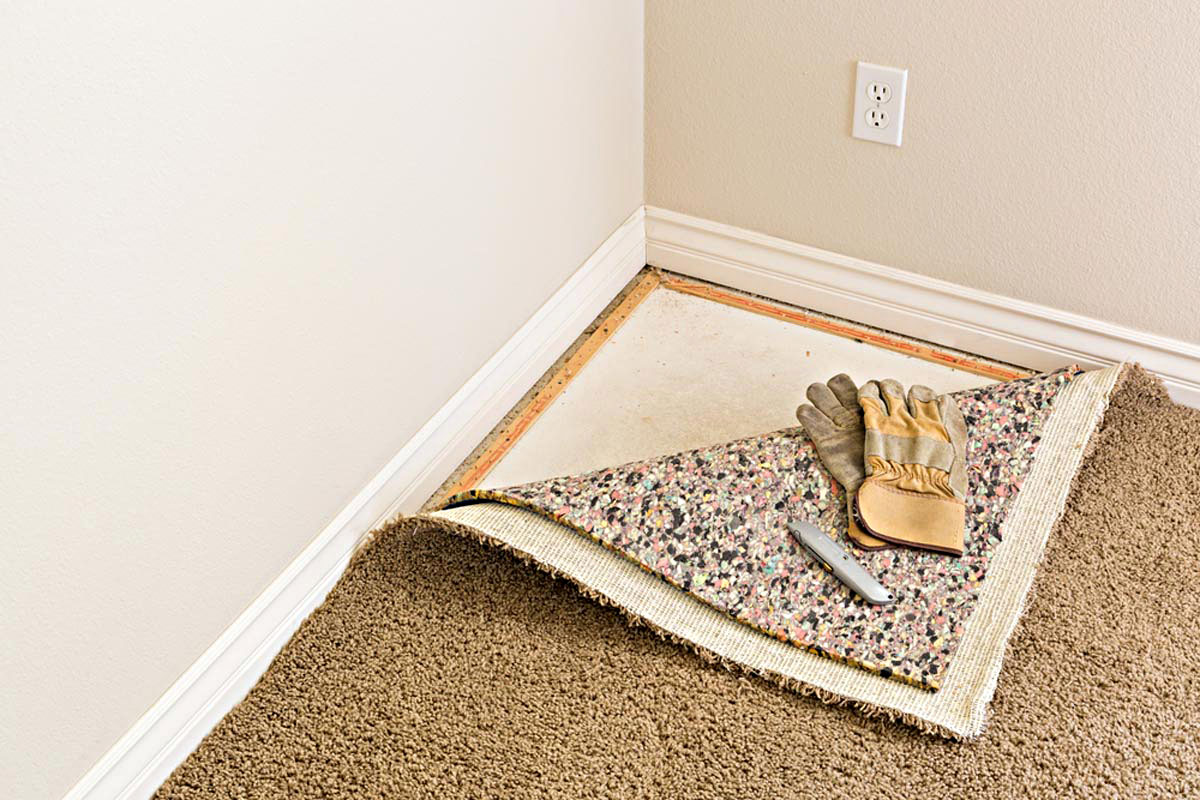
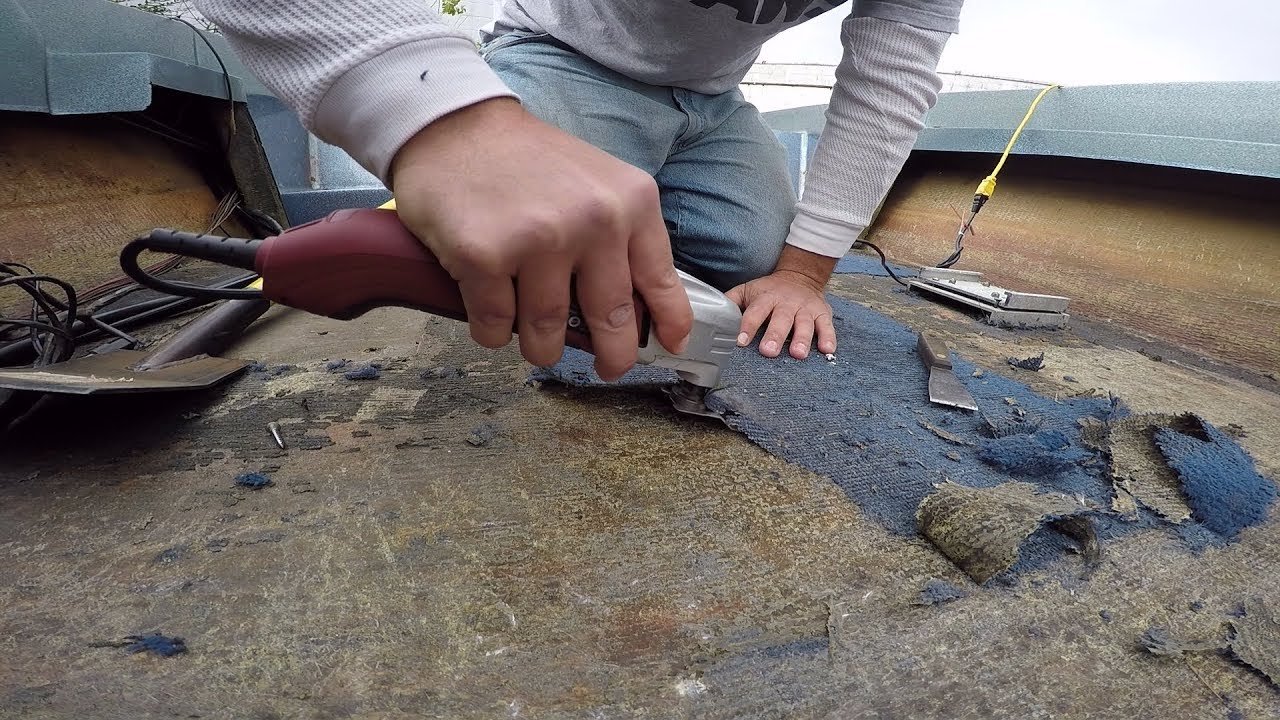
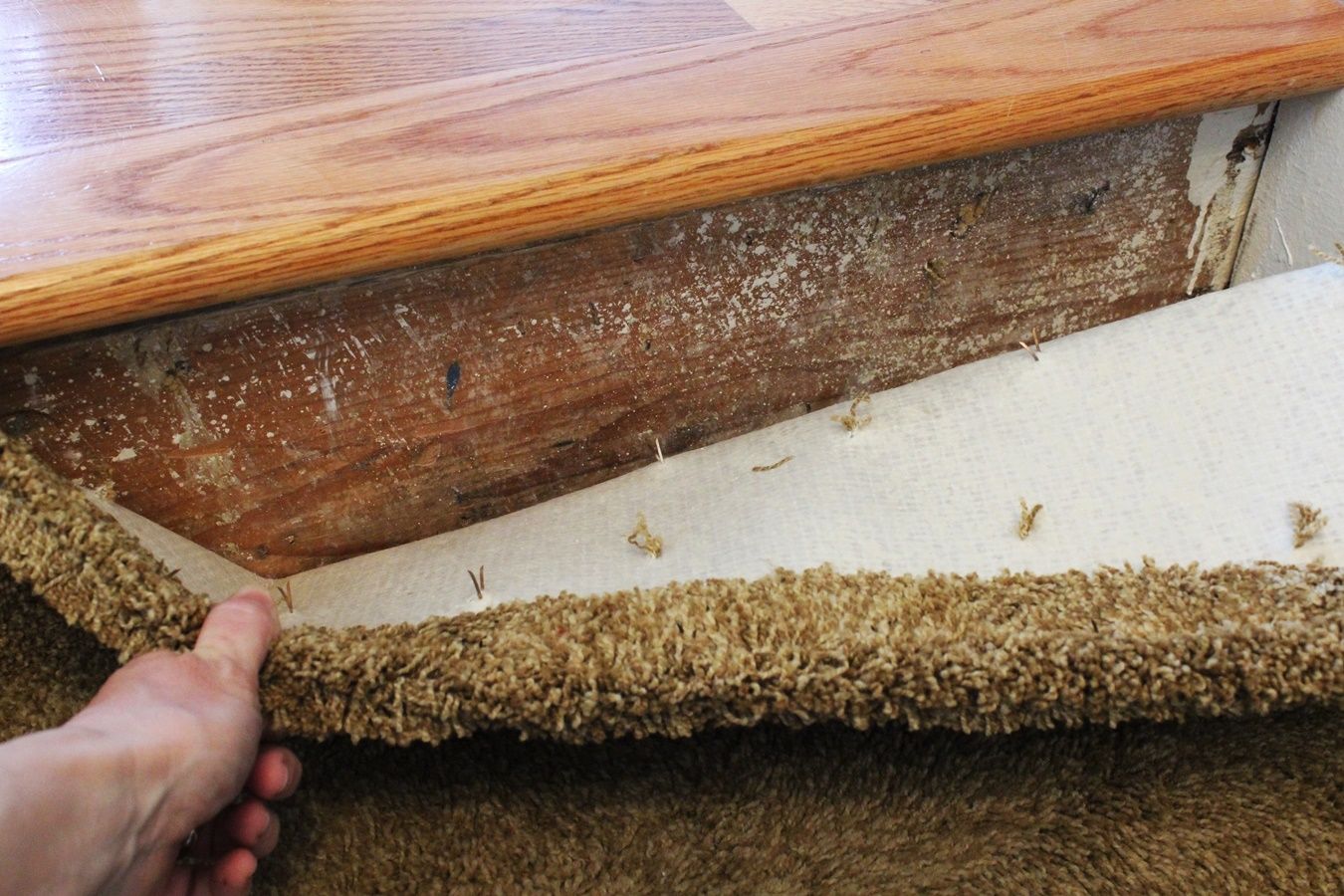
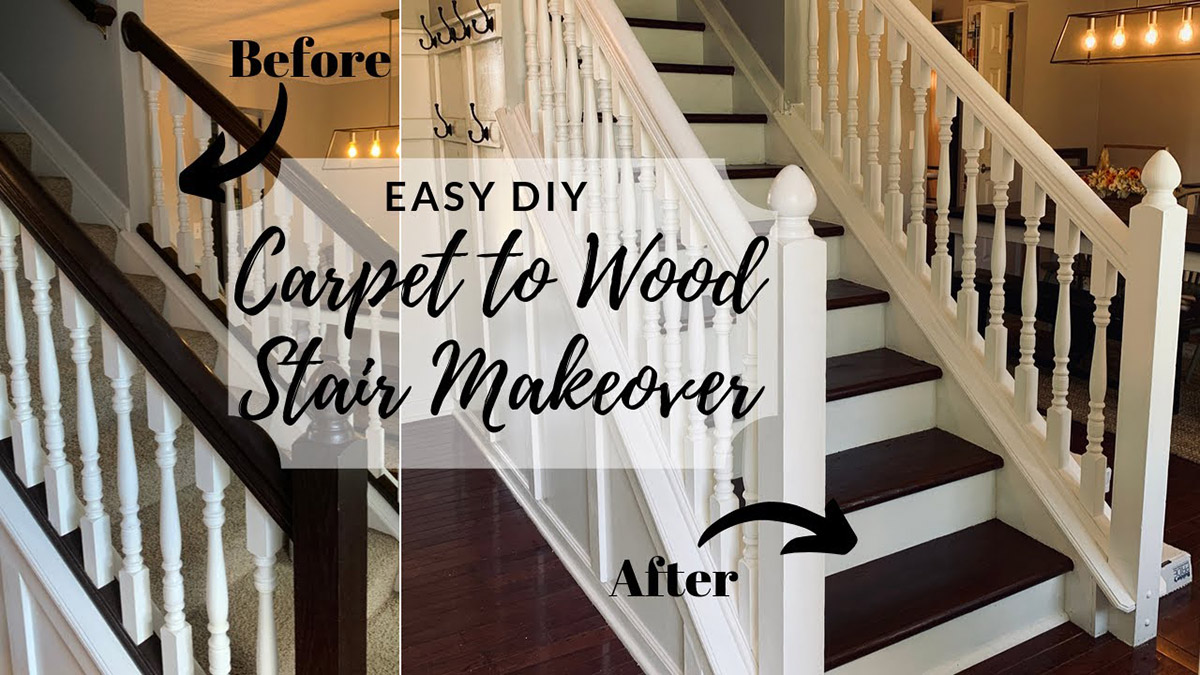
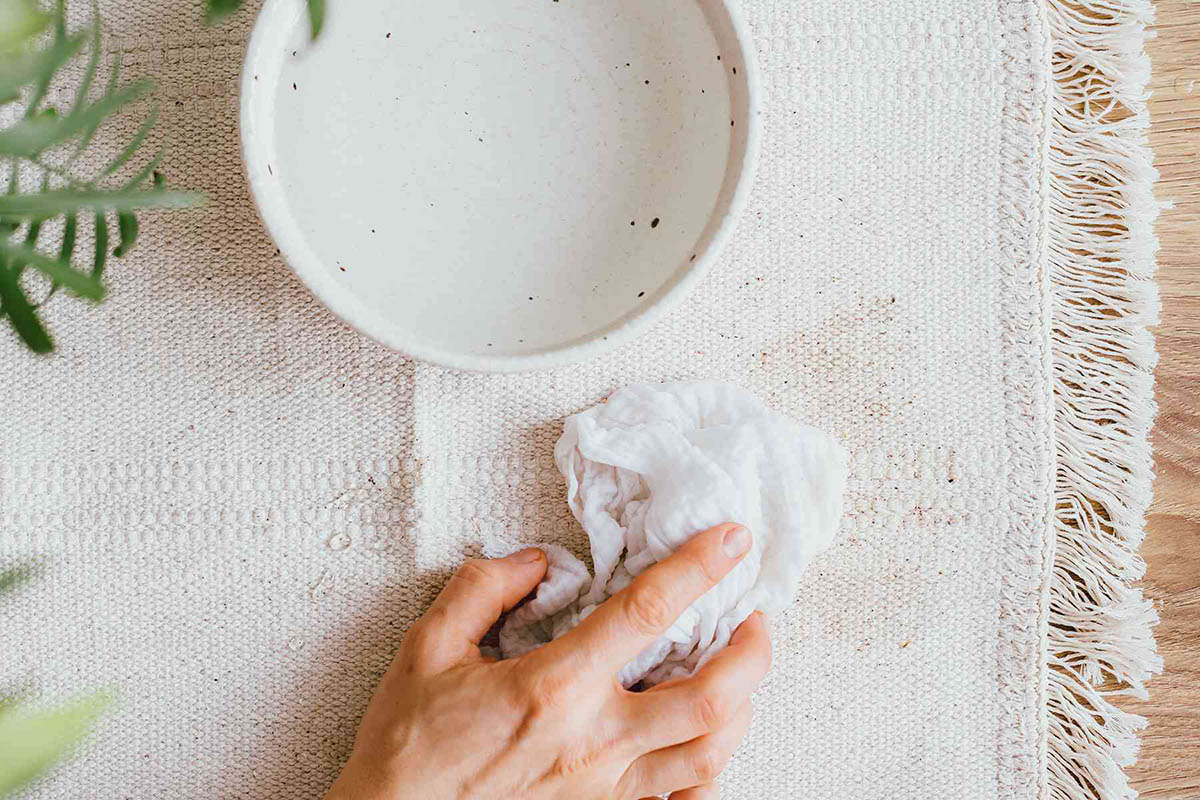
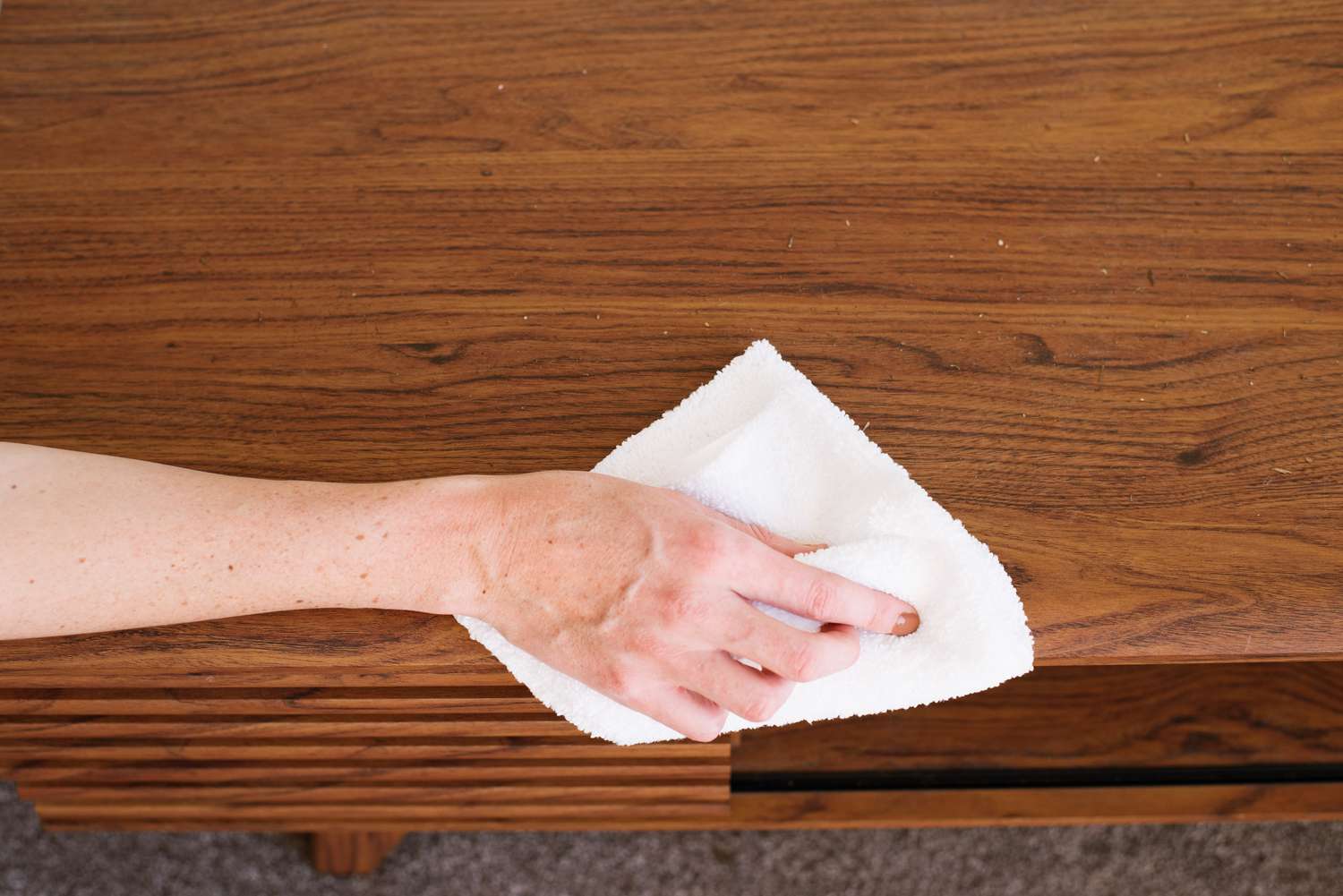
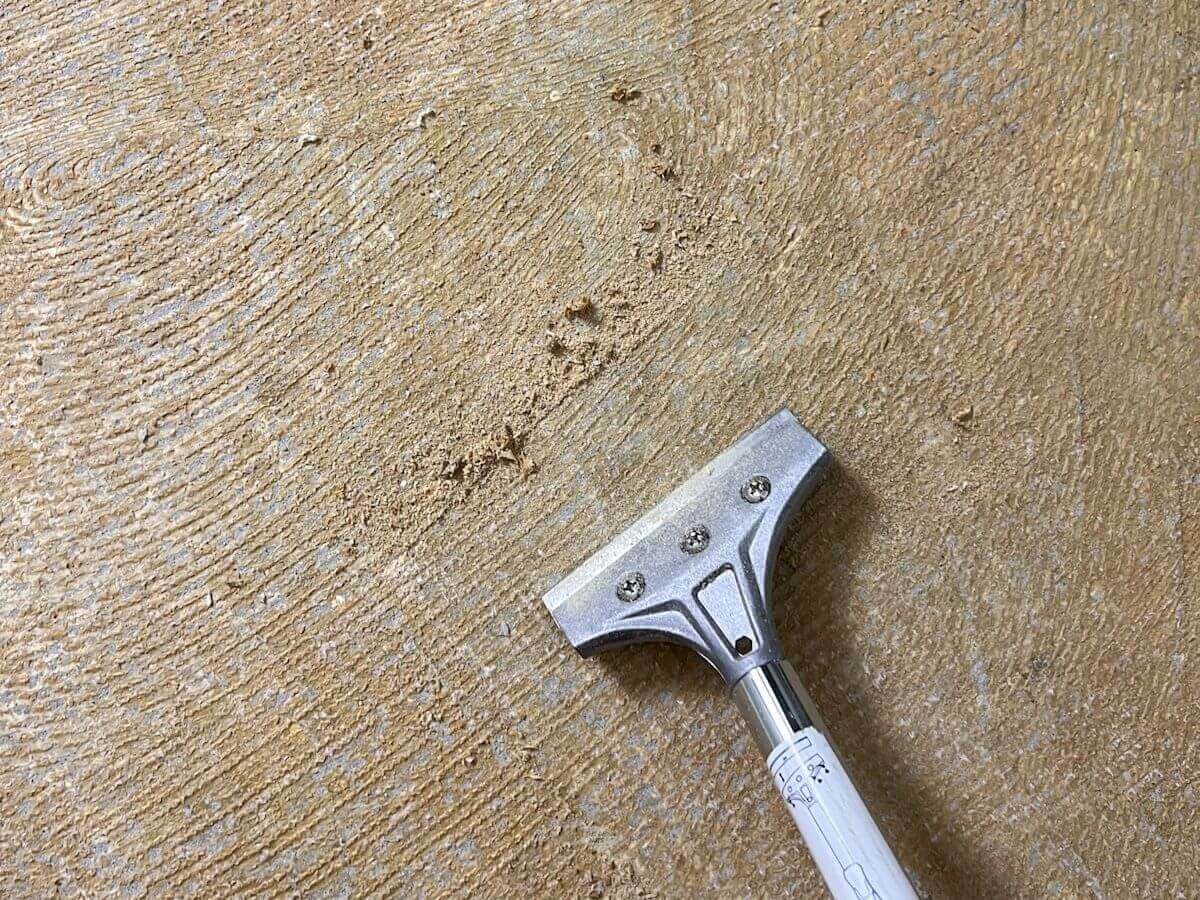
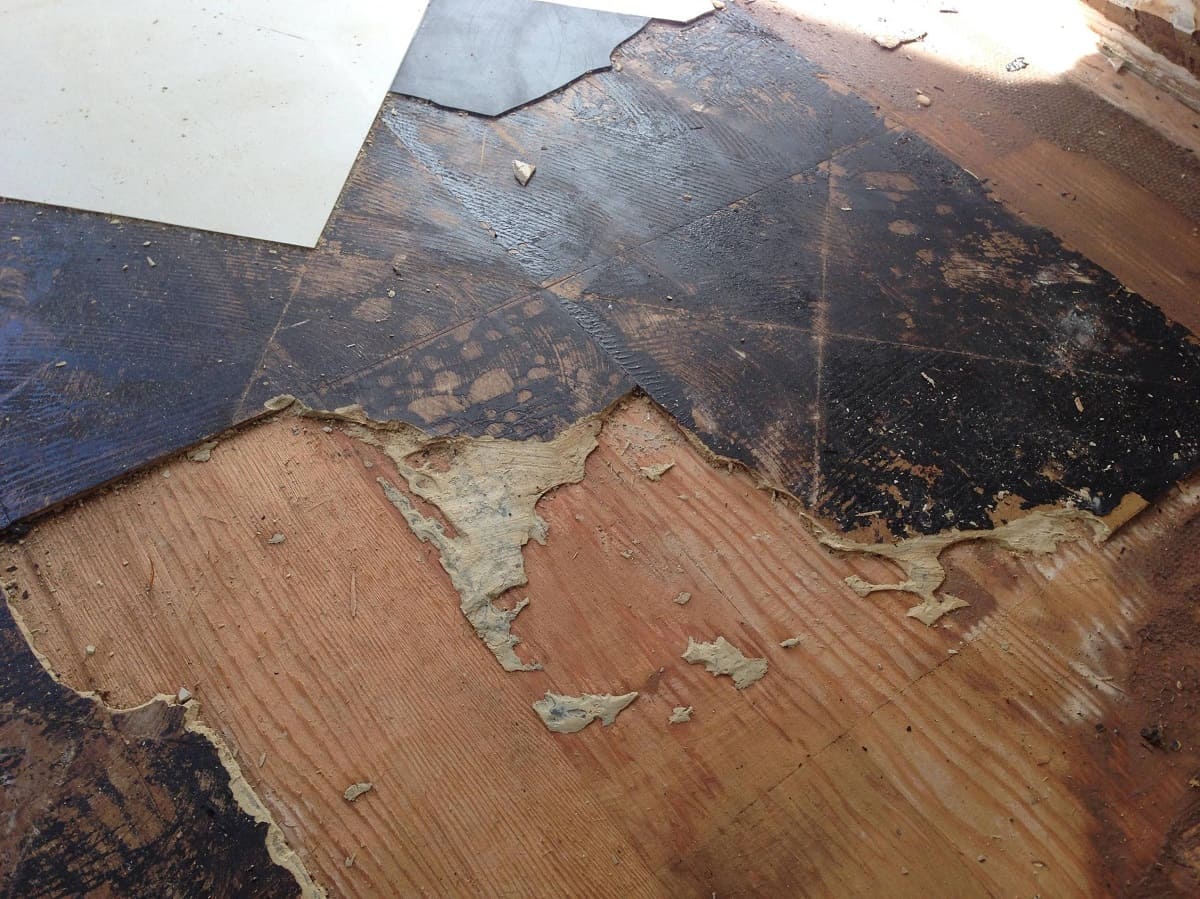

0 thoughts on “How To Remove Carpet Glue From Wood Stairs”